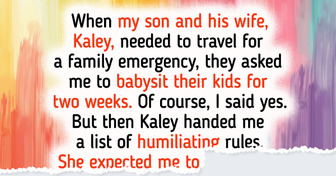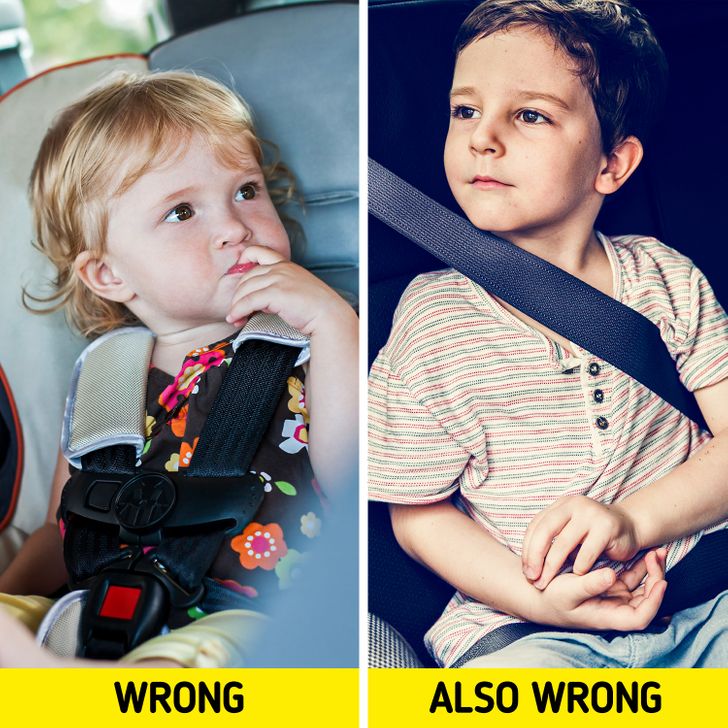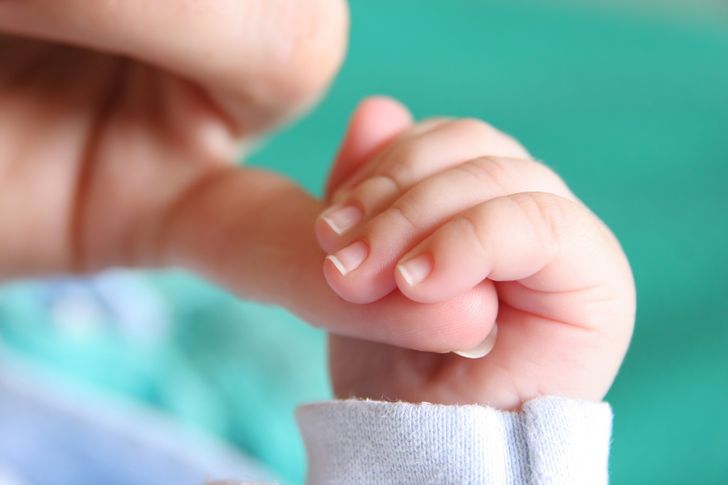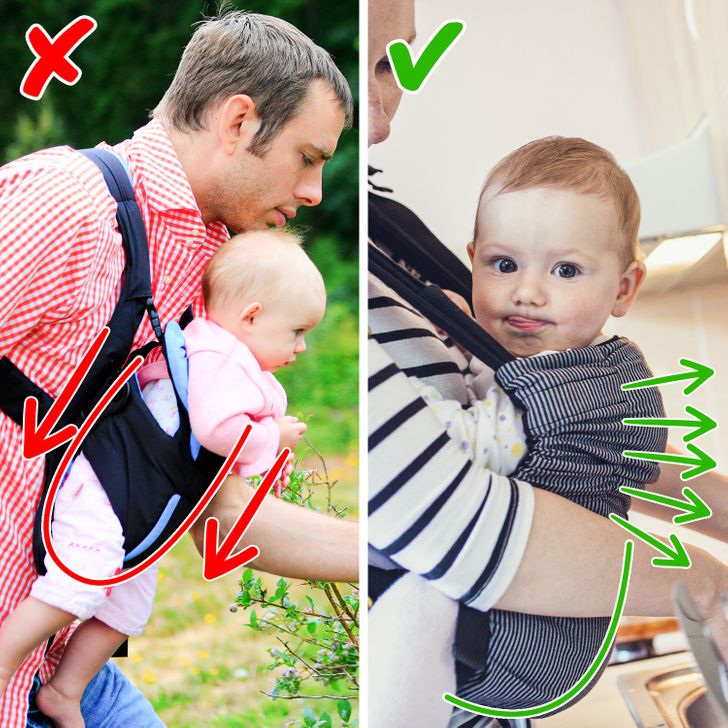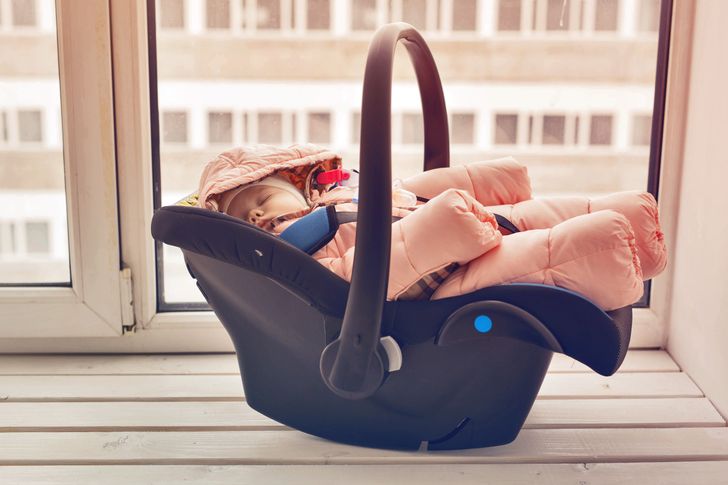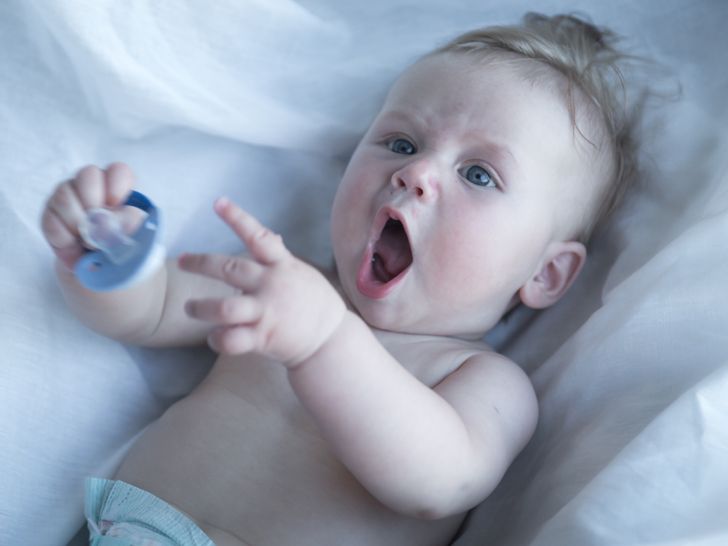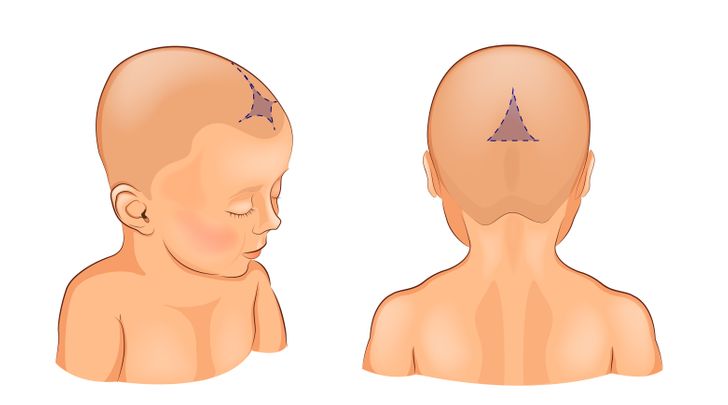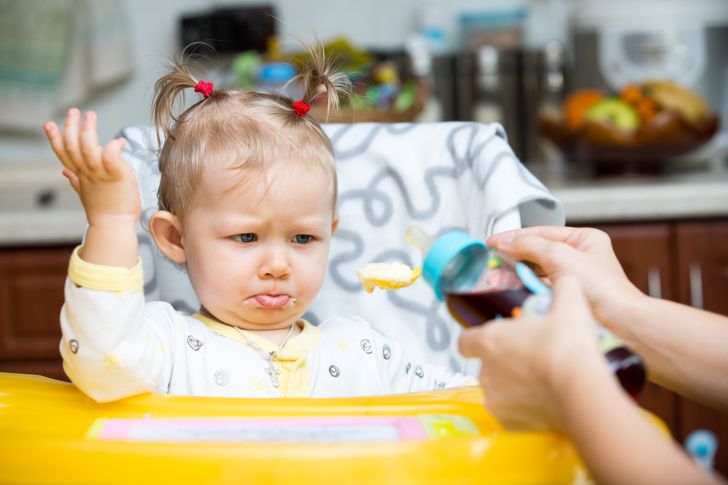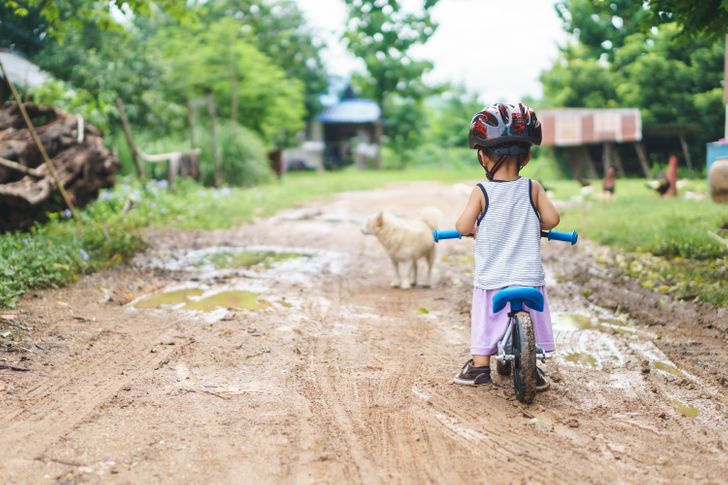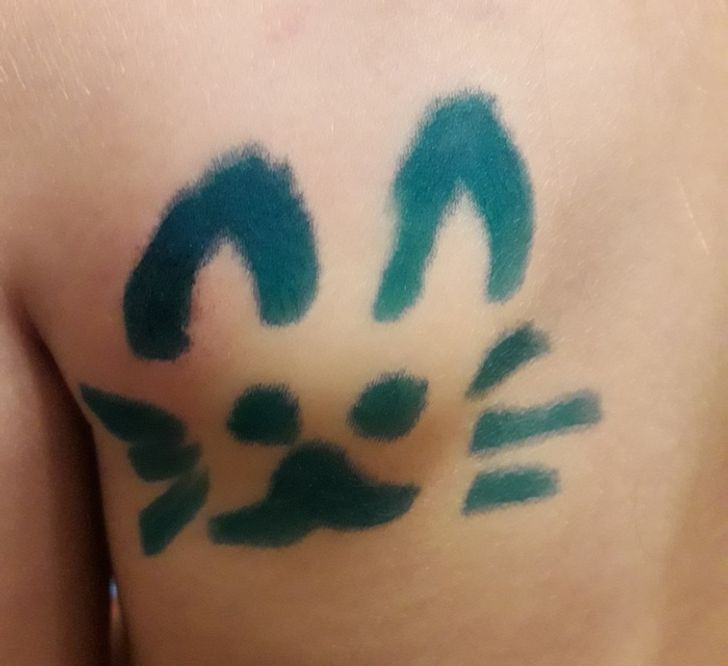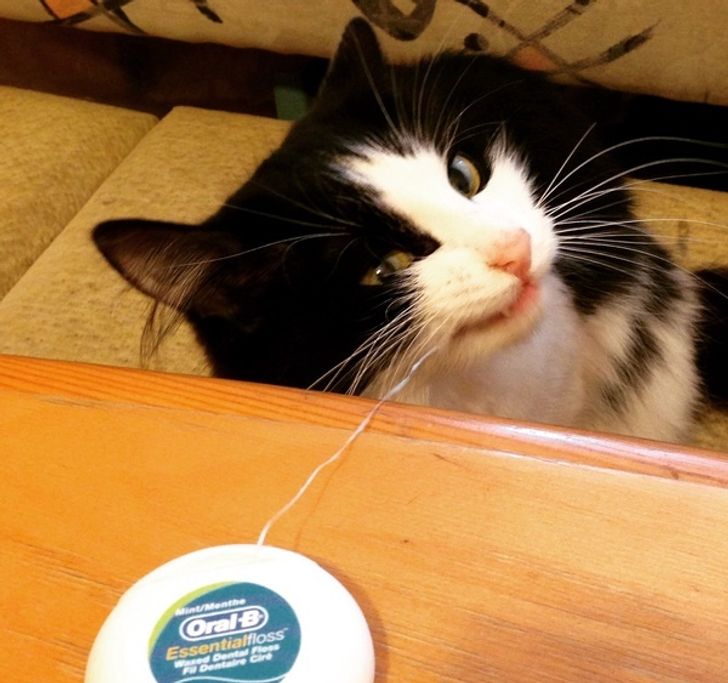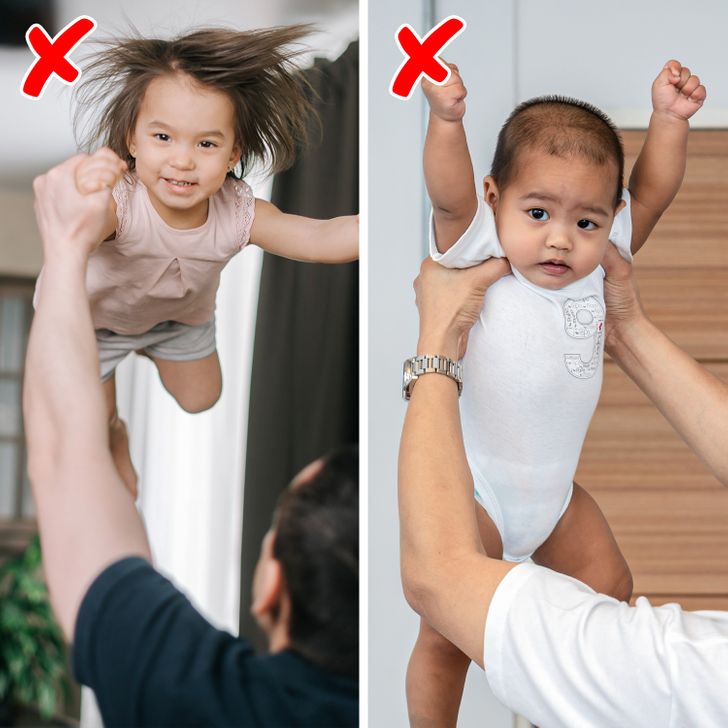Thanks for this article.
12 Parenting Mistakes We Ought to Know by Heart
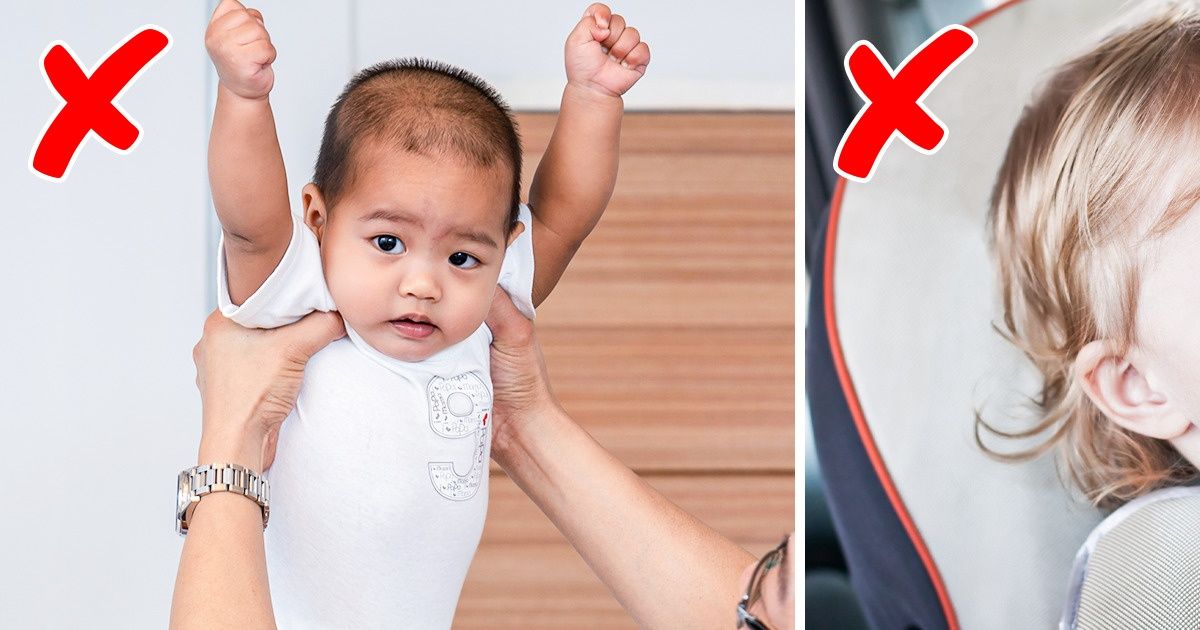
We learn a lot of rules and solve many equations in school, and while we parse all the nuances of our future professions, no one teaches us how to be parents. That’s why young couples have no idea what to do or how to behave when a baby appears in the family. In addition to that, suggestions and advice from experienced neighbors and relatives can be complete nonsense, and oftentimes, it’s better not to follow them at all.
Bright Side listed some frequent parenting mistakes that should be avoided in order not to harm the kid.
Mistake #1: always protecting the baby from getting a cold
Doctors say that colds are normal for kids. Every time a child’s body wins over an infection, it forms immunity. Even if a kid gets sick once a month; 6-12 viral diseases per year are the norm for them. What you should pay attention to is how fast a child recovers (it should be 7-8 days) and the absence of any complications.
Mistake #2: not monitoring the way the seatbelt is sitting
Parents are threatened with fines for driving with children without a special car seat. At the same time, very few people make sure to check how the child is fastened, and this, as it turns out, is no less important than a high-quality seat.
If the kid is fastened with the help of a 5-point belt, the clip connecting the belts should be located in the middle of the child’s chest, not on their tummy like it’s shown in the left picture above.
If the kid is grown and can use a regular seatbelt, the strap should go around the shoulder, not along the neck as it’s shown in the right photo above, and not through the armpit either.
Mistake #3: cutting the baby’s nails, willy-nilly
The problem of ingrown nails, which many adults suffer from, may come from childhood. That’s why making sure to slightly round a baby’s hand nails when cutting them and keeping the cut part of the nail straight on the toes is so important. Additionally, you should avoid cutting the nails at the root — it can become the cause of ingrown nails in the future.
Mistake #4: carrying the baby in a standing position in the carrier
A variety of slings and special carriers are great for helping parents, allowing them to go hands-free. But not everyone knows that these devices can be harmful if the baby is placed in them incorrectly. The kid shouldn’t be in a standing position when the pressure is on their butt and hip joints. The pressure should be evenly distributed on all parts of the spine with the neck fixed. The straightening of the spinal arch and asymmetrical arrangement are unacceptable. Mistakes in the baby’s positioning can lead to the flattening of the intervertebral discs, pelvic issues, and other serious disorders in the baby.
Mistake #5: leaving the baby in the infant car seat for a long time
The misuse of infant car seats can be dangerous for babies. Pediatricians say that babies’ neck muscles are not strong yet and their airways are quite soft. That’s why tilting the head too far can lead to suffocation. It’s not that you shouldn’t use infant car seats at all — they’re necessary when you’re driving with your kid. But leaving the baby for more than 2 hours in such a position is something you shouldn’t do. It’s better to transfer your kid from the seat to a cot when the trip is over.
Mistake #6: considering a pacifier to only be a bad thing
The opinion that pacifiers are only harmful is exaggerated. A pacifier satisfies the baby’s sucking reflex and reduces the risk of the baby putting something dirty or dangerous into their mouth. At the same time, the question about the impact of pacifiers on the child’s teeth and speech articulation remains open. The research on this problem hasn’t proved conclusive. There is indirect evidence that using pacifiers for too long, specifically after 5 years of age, can have an impact on the child’s malocclusion and speech articulation. Moreover, it can become one of the causes of otitis media. Pediatricians recommend not using a pacifier for more than 6 hours straight. Most kids stop using pacifiers on their own between ages 2 and 4. Keep pacifiers clean and use the appropriate size for your baby’s age.
Mistake #7: thinking that a baby has only one fontanelle
Many parents who have a newborn baby in their arms are afraid to harm the fontanelle. There’s even a myth that says a little one’s brain can be damaged if you interact with the fontanelle somehow.
The fontanelle (or soft spot) is the place on a newborn’s head that’s covered with thick tissue and it’s where several bones of the skull join. Thanks to the movable bones of the skull, the baby’s head changes shape and can pass through the narrow birth canal.
Basically, parents know only about one soft spot on the top. However, there are actually 6 of them. The smallest 4 close up before birth or within the first 3 days after birth. When the baby is born, they have 2 more “open” soft spots, the frontal and occipital ones. That’s why parents should be careful with both of these fontanelles. At the same time, it’s important to understand that combing, drying with a towel, as well as kissing won’t bring any harm to the kid.
Mistake #8: making your kid eat
When a child is hungry, they’ll ask parents to feed them. The absence of appetite can have several reasons, like gastritis, indigestion, enlarged tonsils, or enlarged adenoids. A kid might be refusing to eat because they got overexcited during a walk or expelled a lot of nervous energy, which can result in indigestion. It’s often accompanied by nausea, vomiting, stomach pains, and heavy breathing. A quick way to get rid of indigestion is to abstain from food.
Mistake #9: minimizing communication with animals because of bacteria
If parents have a goal to increase their kid’s immune system, they should get a dog. The 4-legged friend will bring dirt into the household, the kid will come into contact with this dirt, and their body will eventually form an immunity.
Mistake #10: pouring iodine or brilliant green on any wound
Iodine is heavily used in families with kids. But parents should use them wisely. Only the edges of a wound should be processed with iodine. The place on the skin that has iodine on it shouldn’t be covered with a band-aid or a tight bandage right away — there have been cases of people going to the hospital with burns from iodine after such actions. Some experts advise using mild iodine-containing antiseptics to avoid burns. Also, it’s important not to apply iodine on places where the ears are pierced because it can react with metals.
Brilliant green is mainly used in post-soviet countries and is believed to be a good antiseptic (though there is no research about it). It’s important to keep in mind that brilliant green is not suitable for deep wounds and can cause a chemical burn if applied on an open wound. Also, people should avoid getting brilliant green into their eyes.
Mistake #11: thinking that dental floss is only for adults
Even cats use dental floss!
Doctors recommend starting to use dental floss from the moment a child can keep their mouth open for a while. The earlier kids include dental floss into their hygienic ritual, the healthier teeth they will have. This is because not only does floss cleanse the area between the teeth well, but it also cleans the areas near the gums.
Mistake #12: lifting the baby or swinging them by holding their hands or armpits
It is unacceptable to lift children by their hands, forearms, or under the armpits. The ligamentous apparatus of a small child is weak. Such games can result in a subluxation of the radial head, which will limit the mobility of the joint or the kid might end up getting raised shoulders in the future.
What other advice can you add to this list?
Comments
Overprotecting! One of the greatest dangers actually ;)
These are good to know, a lot of these are seen as normal things to many people
Related Reads
20 Photos of Perfectly Organized Objects That’ll Satisfy Your Inner Perfectionist

I Refused to Pay for the Coffee Machine at Work—Now HR Got Involved
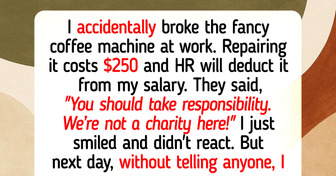
13 Stories That Prove the Craziest Plot Twists Come From Real Life
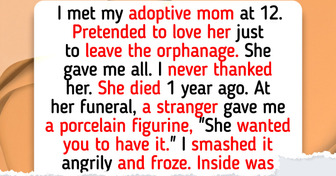
I Refuse to Keep Supporting My Daughter and Her 5 Kids for Free

I Refuse to Let My MIL Stay in My Home After She Crossed a Serious Boundary
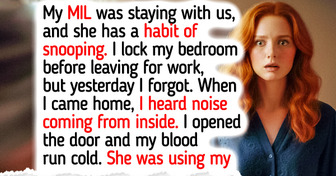
10 Real-Life Stories That Ended Like a Strange Movie Plot
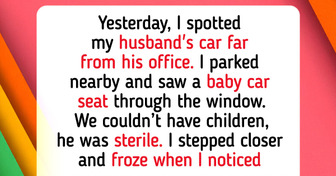
15 Stories That Show Kindness Is the Quiet Power the World Often Forgets

My MIL Insulted Me in Public—I Taught Her a Lesson
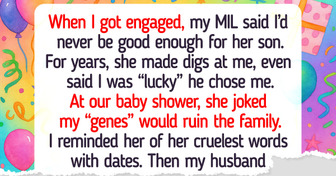
My Stepdaughter Stole My Food to Feed Her Kids, I Don’t Want Her in My House Anymore
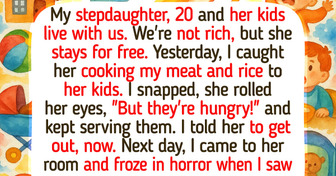
15 Stories That Prove Being Kind Costs Nothing but Means the World
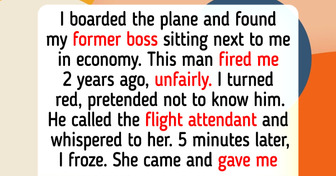
I Refuse to Stop Using My Pool Just to Please My Neighbor — Our House, Our Rules
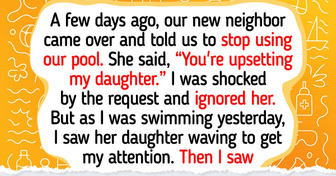
I Refused to Babysit My Grandkids Because My DIL’s Rules Went Too Far
